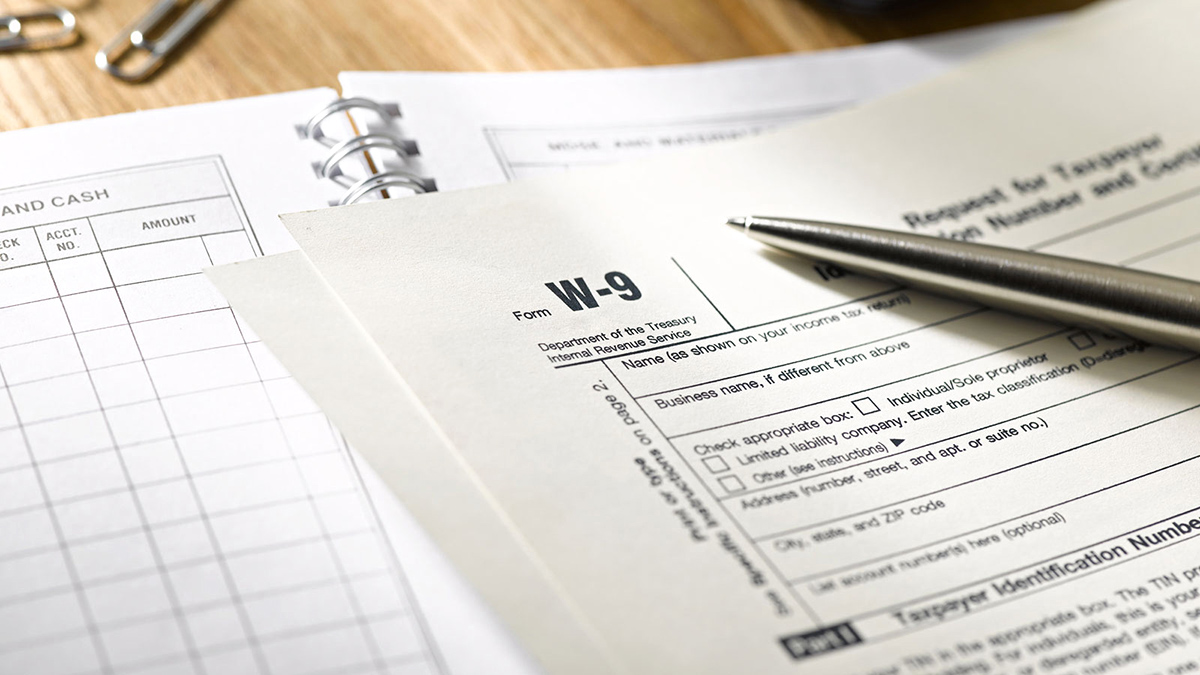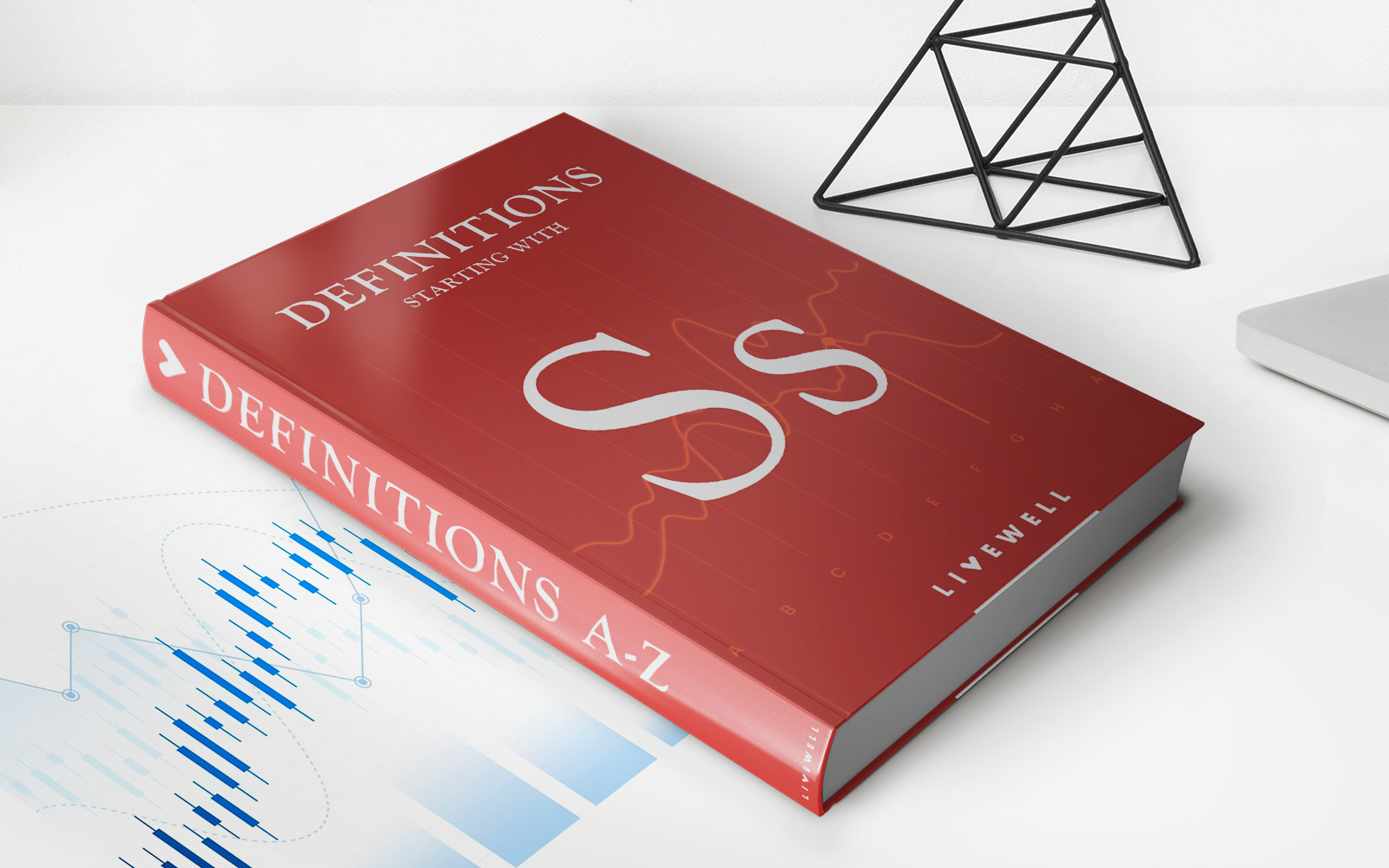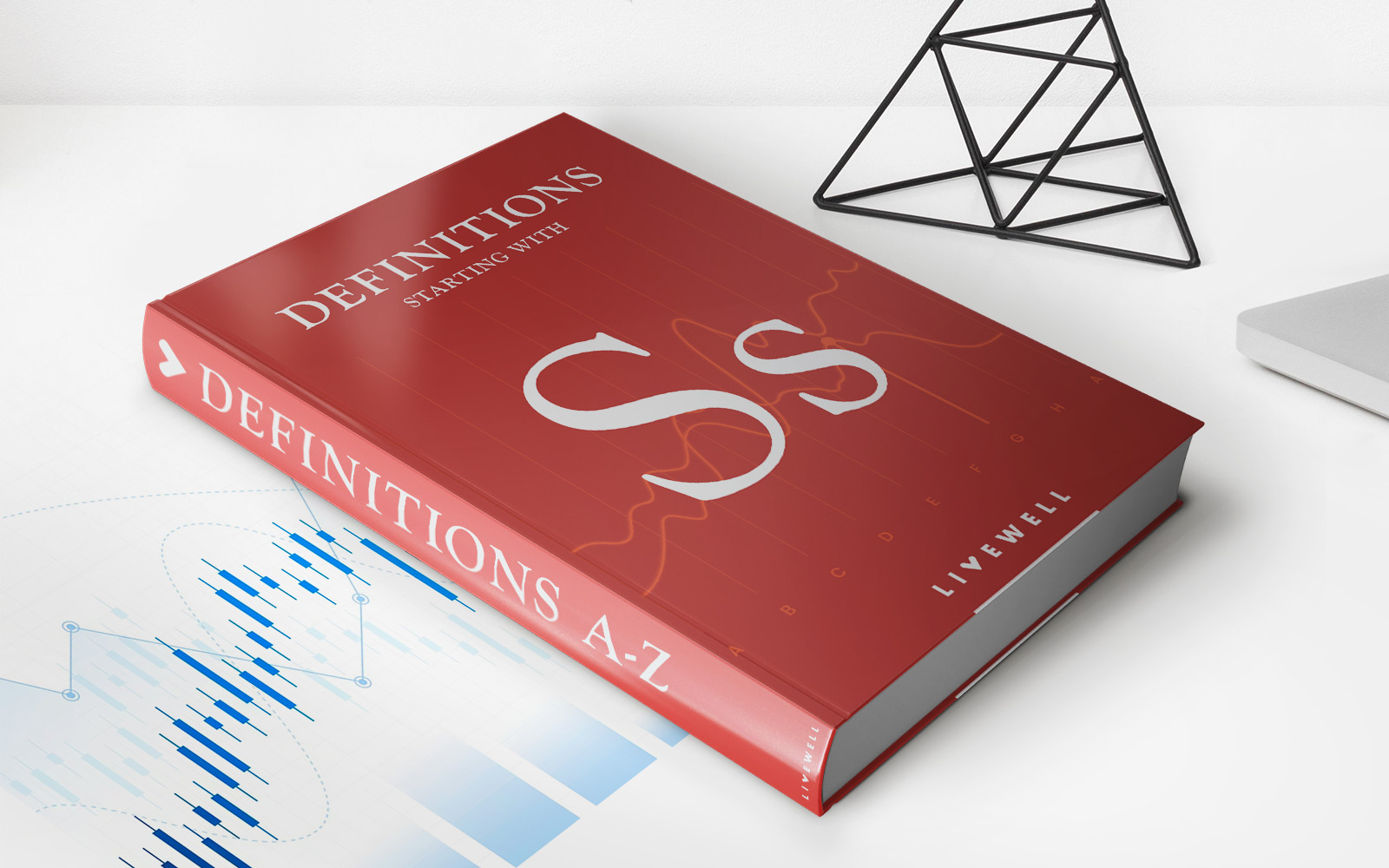

Finance
Federal Tax Brackets Definition
Modified: February 21, 2024
Learn about federal tax brackets and their definition in the field of finance. Understand how tax brackets work and their impact on your income.
(Many of the links in this article redirect to a specific reviewed product. Your purchase of these products through affiliate links helps to generate commission for LiveWell, at no extra cost. Learn more)
Understanding Federal Tax Brackets Definition
When it comes to managing your finances, understanding how federal tax brackets work is crucial. The United States tax system operates on a progressive tax structure, meaning that individuals are taxed at different rates based on their income. In this blog post, we will dive deep into the federal tax brackets definition and provide valuable insights to help you navigate the complex world of taxation.
Key Takeaways:
- Federal tax brackets determine the tax rate that individuals or households must pay based on their taxable income.
- There are several tax brackets, each with its own corresponding tax rate.
Understanding Tax Brackets
First, let’s define what a tax bracket is. A tax bracket refers to a range of income that falls under a specific tax rate. The tax rates within each bracket increase progressively as income rises. The goal of this system is to ensure that higher-income individuals pay a greater proportion of their income in taxes compared to lower-income individuals.
Here is a breakdown of the federal tax brackets for the 2021 tax year:
- 10%: Individuals earning up to $9,950 (or $19,900 for married couples filing jointly) fall into this lowest tax bracket.
- 12%: Individuals earning between $9,951 and $40,525 (or $19,901 and $81,050 for married couples) are taxed at this rate.
- 22%: The next bracket applies to income between $40,526 and $86,375 (or $81,051 and $172,750 for married couples).
- 24%: Individuals earning between $86,376 and $164,925 (or $172,751 and $329,850 for married couples) fall into this bracket.
- 32%: The next tax bracket encompasses income between $164,926 and $209,425 (or $329,851 and $418,850 for married couples).
- 35%: Individuals earning between $209,426 and $523,600 (or $418,851 and $628,300 for married couples) are taxed at this rate.
- 37%: The highest tax bracket applies to individuals earning over $523,600 (or $628,301 for married couples).
It’s important to note that these tax brackets may change over time as tax laws are subject to modifications by the government. Additionally, the figures mentioned here are for illustrative purposes only and should not be considered as tax advice. It’s always recommended to consult with a qualified tax professional for accurate and personalized advice.
How Federal Tax Brackets Impact Your Finances
Understanding federal tax brackets can have a significant impact on your financial planning. Here are two key takeaways to keep in mind:
- 1. Marginal Tax Rate: Your tax bracket does not represent the tax rate you pay on your entire income. Instead, it reflects the tax rate you pay on the last portion of your income that falls within that bracket, known as your “marginal tax rate.”
- 2. Tax Planning: Knowing your federal tax bracket helps you make informed decisions regarding income, deductions, and credits. By understanding where you stand within the tax brackets, you can strategize to minimize your tax liability.
In conclusion, having a clear understanding of federal tax brackets is essential for managing your finances effectively. By familiarizing yourself with the tax system’s structure, you can make informed decisions to reduce your tax burden and maximize your financial opportunities.














